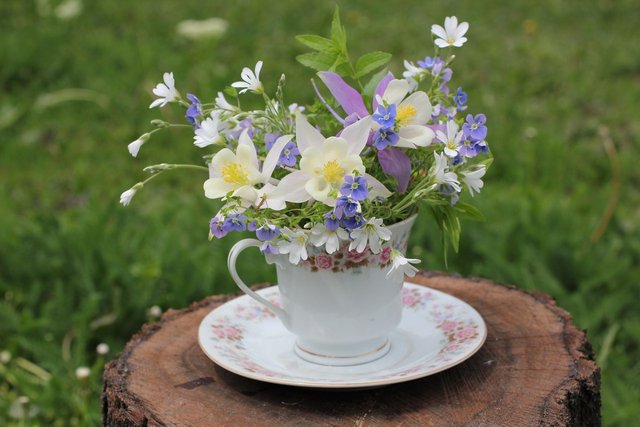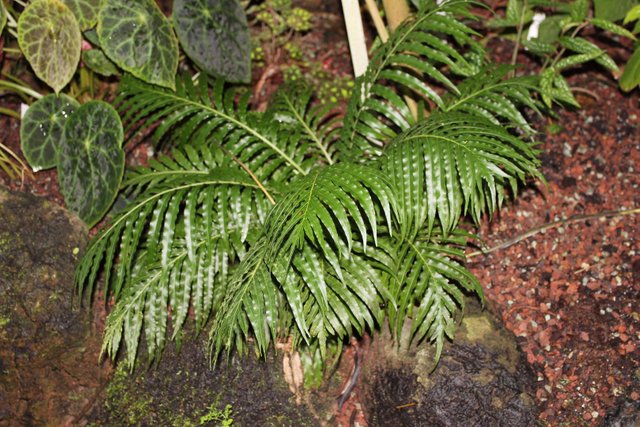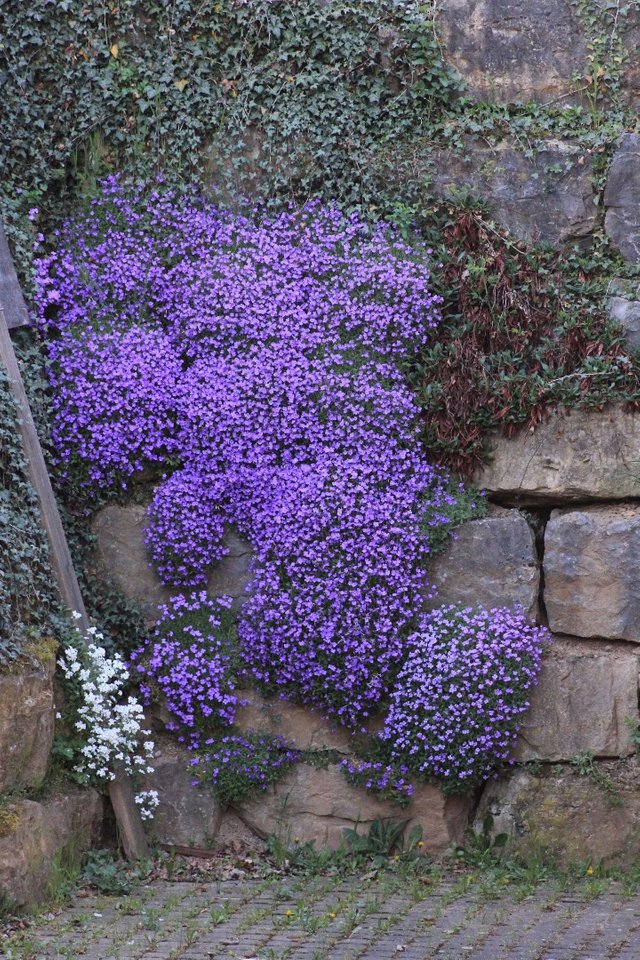
Determining what elements of your garden landscape design currently that do not exist and which ones work as you like is an important first step in your garden landscape design planning. Additionally, you should take some time to map out in very general terms the position of existing elements within your garden landscape and the location of proposed pieces within your new design. You will want to take into consideration the role sunlight will play in your garden landscape design as well as the soil quality where many plants are concerned. You may also want to review potential drainage problems and also plan for the best view for visitors to your home.


Initiating your garden landscape design: The first step, and also the most important is to take an inventory of what you presently have at your disposal. While you may have some very beautiful trees and shrubs you have to face the facts that in some cases these elements may not fit into a new garden landscape design for the space. In many cases, it is easier to plan around these major features rather than go through the trouble of eliminating them and starting from scratch. Some of the major items will include plants like shrubs, hedges, ground cover areas and existing garden space. You will also want to make notes on structures like fences, arbors, walks, decks, sculptures, fountains or water courses, storage areas, and the like; keeping a keen eye as to how these elements fit within your proposed garden landscape designs. The final element to take inventory of is natural aspects of the space like ditches, rocks, hills, and wooded areas. Start from the front of the space and work to the road making a simple map as you work. Make notes on the health of plants, the longevity of building materials in permanent structures and so on.

Planning your garden landscape designs: The second step in proper planning is to map the space in question according to how it will be used. Take the time to think of all the possible uses from simple entertaining to space for gardening to recreation in the summer months. Use simple circles to indicate areas that lend themselves well to each activity you envision. Be sure to look at the finished product and make any adjustments on your map. For instance, you may realize after seeing it on paper that your yard is dedicated in large part to gardening when in reality you plan to entertain in the space much more frequently. You can easily plan to eliminate a blower bed or relocate a storage area to create more space for entertaining friends and family.

The role of light in your garden landscape design: Taking into consideration the role that light plays in your plans is just as important as the location of the key elements and in fact it is tough to do one without considering the other. Not only will the amount of light determine what you can grow in certain areas, it will also indicate which areas are best suited for entertaining and at what times these areas will be most enjoyable. Areas of the yard that get full sun, which is considered at least six hours each day will be good areas for sun loving flowers, shrubs and maybe even a tree or two. Areas that receive light shade or from four to six hours of sun during the day will limit your selection of plants but can still make great candidates for many shade oriented varieties. Heavily shaded areas are those that receive fewer than four hours of sunlight each day and will really limit the possibilities in terms of plants. Ground covers and ferns are popular choices here.

The role of soil in your garden landscape designs: Just as important as considering the role that light plays in your yard and garden is determining how soil types can affect your garden landscape designs. The soil in your yard will play just as large a part in determining what the area will support in terms of plantings and what it will be suited for in the way of activity. There are a few different types of soil including sand, clay, silt and loam. Sandy soils are loose and warm but are typically not very fertile and quite dry. You can work earlier in the spring but in the summer months they need a great deal of watering. Clay soils are just the opposite of sand and are quite heavy and dense. Clay holds a lot of moisture and is rich in nutrients, put ha spoor air circulation and becomes packed quite easily. Silt is soil that contains more than 80 percent silt particles, which are small sand fragments. Silt is easily compacted and needs organic matter added for best results. Loam is a combination of the first three types of soil in equal parts making it a dream come true for gardeners.


The final consideration is often the easiest and usually gets accomplished without even thinking about it. I am talking of course about the view of the yard and garden to visitors and even your family day to day. A quick glance out the kitchen window will often reveal the best orientation of the elements of your yard and garden and help you plan for the coming spring as well.

Great recommendations and stunning pictures!
Downvoting a post can decrease pending rewards and make it less visible. Common reasons:
Submit